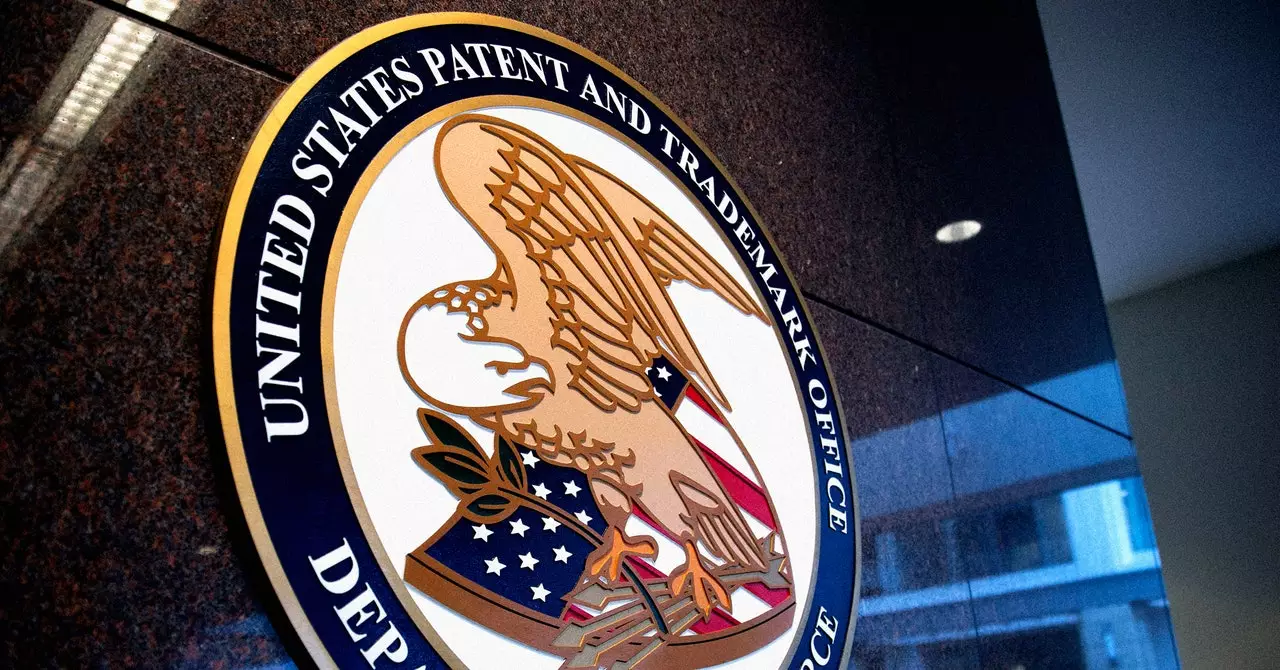In the rapidly evolving landscape of artificial intelligence, especially generative AI, government agencies find themselves at a crossroads. The U.S. Patent and Trademark Office (USPTO) has taken a cautious approach, having instituted a ban on generative AI across its operations, a decision steeped in concerns regarding security, bias, and unpredictability of the technology. This complex dilemma facing the USPTO mirrors a larger trend within federal agencies that grapple with how to effectively harness innovative technologies while also safeguarding against their inherent risks.
The memo from Jamie Holcombe, the USPTO’s Chief Information Officer, reveals a commitment to modernizing how the agency operates. However, it also emphasizes the weight of responsibility when integrating such transformative tools into public service. While the memo acknowledges the promise of generative AI, it highlights the caveats that accompany its deployment: potential biases in AI-generated outputs, unpredictable behavior of these tools, and various security vulnerabilities.
An intriguing facet of the USPTO’s approach lies in the differentiation between the internal testing environment and public use. Employees are allowed to explore “state-of-the-art generative AI models” within a limited, controlled setting, yet they are barred from utilizing robust AI programs like OpenAI’s ChatGPT or Anthropic’s Claude for their daily tasks. It showcases the agency’s pragmatic side—encouraging innovation while inevitably imposing boundaries to prevent misuse of such technology.
The establishment of an AI Lab within the USPTO reflects an understanding that knowledge and experimentation are crucial for growth. This lab is designed to familiarize staff with generative AI and assess its capabilities and limitations, signifying a proactive rather than reactive strategy. The intention is to pioneer ways generative AI can serve the USPTO’s mission to protect innovativeness while remaining stringent about safeguarding its usage in actual work environments.
Adding another layer of complexity, the USPTO has engaged Accenture Federal Services in a significant contract, valued at $75 million, to enhance its patent database. These enhancements focus on AI-powered search features, symbolizing an increasing trend of moving towards automation and advanced searching capabilities without opening the floodgates to unrestricted generative AI application in day-to-day tasks. This strategic move emphasizes a lesson learned: that integration should be gradual and controlled to mitigate risks while fostering an environment ripe for innovation.
The cautious stance of the USPTO is not isolated, as other government entities are echoing similar sentiments. The National Archives and Records Administration (NARA), for example, imposed restrictions on using generative AI like ChatGPT for official use while simultaneously exploring AI for public engagement. Such mixed policies reflect the broader hesitance within public sectors; even as some agencies venture into generative AI, others navigate the challenges with trepidation, seeking a rigorous evaluation of how these technologies align with their missions.
NASA serves as a prime example of this dichotomy; they have prohibited AI chatbots from managing sensitive data but are actively testing AI’s capabilities in research summarization and coding tasks. The contrasting attitudes underscore the diverse implications of AI across various sectors, where the prospects of improved efficiency contend with the necessity of maintaining public trust and safeguarding sensitive information.
As generative AI continues to revolutionize industries, government agencies like the USPTO find themselves in a position where they must tread carefully. Balancing the excitement of innovation with the demands of security, accuracy, and public accountability is a challenge that requires not only thoughtful policy but also an adaptable mindset. As the landscape evolves, the dialogue around responsible AI use will be essential in paving the way for effective governance that embraces technological advancements without forsaking the public good.
Strategically navigating these complexities indicates a recognition that while innovation is crucial, so too is the obligation to ensure safety, compliance, and ethical considerations. The path forward is one of learning, experimentation, and ultimately, responsible integration.


Leave a Reply